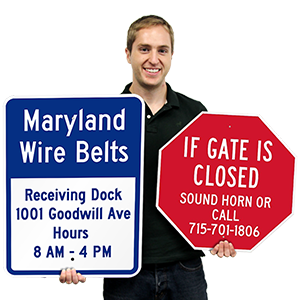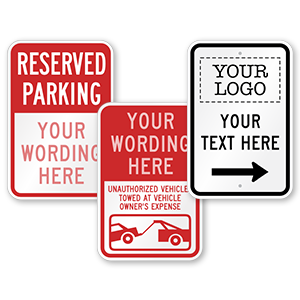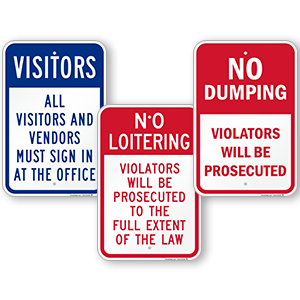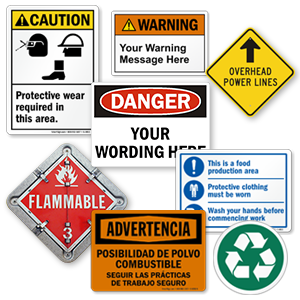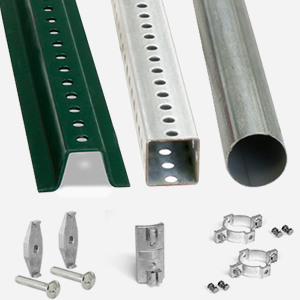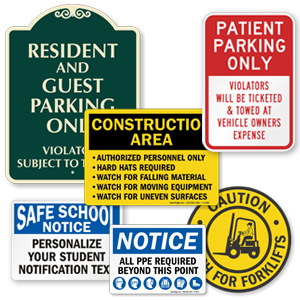With 29.9 million tons of waste disposed of by 37.4 million residents, California’s per capita disposal rate stood at 4.4 pounds per resident per day in 2011. According to the statistics available for the year 2006 at CalRecycle (California Department of Resources Recycling and Recovery), Californians have diverted more than 50 million tons of solid waste from landfills to be recycled. The estimated diversion rate across the State of California is an estimated 54 percent, showing a ten-fold increase since the Integrated Waste Management Act was passed in the year 1989. The state currently leads the country with a 65%recycling rate and supports 140,000 green jobs across the state. The State of California now aims to achieve a recycling rate of 75% by the year 2020.
California has passed a number of recycling laws that have put the state in the running for having the one of the best recycling programs in the country.
Some of the recycling laws that have had a huge bearing on recycling in the state are mentioned below:
Integrated Waste Management Act of 1989
At the time, the Governor of California signed into law, the California Integrated Waste Management Act of 1989 (AB939) that mandates every city and county in the state of California to divert 25% of its waste stream by 1995 and 50% by 2000. Cities were required to put in place waste management plans that would result in diverting or moving half of the waste from landfills.
California Beverage Container Recycling And Litter Reduction Act (AB 2020)
Also known as the “Bottle Bill”, the act administered by the Department of Resources Recycling and Recovery is one of the most successful litter and pollution control programs in the state. The success of the program can be gauged by the fact that ever since its inception in 1987; Californians have recycled 272 billion glass, plastic, and aluminum bottles.
How does the Bottle Bill Work? The consumers purchasing beverages pay a certain amount over the cost of the bottle, which is called the California Redemption Value (CRV). This CRV is refunded to customers when they either recycle the bottle or donate it to a curbside operator or non-profit recycling center. The CRV for containers weighing less than 24 ounces is five cents while it is ten cents for containers over 24 ounces. It should be noted that consumers can also obtain refund on per-container basis if they don’t want to do it by weight. According to CalRecycle, “California law allows you the option of being paid based on count instead of weight for up to 50 empty beverage containers of each material type. This means you can bring up to 50 aluminum, 50 glass, 50 plastic, and 50 bi-metal California Redemption Value (CRV) containers in a single visit and request to be paid by count.”
The state pays a handling fee of $0.00890 per beverage container redeemed, every month to supermarket sites, non-profit convenience zone recyclers, and rural region recyclers.
The California Bottle Bill covers beverages like malt, beer, wine and distilled spirits coolers, and all non-alcoholic beverages except milk. Vegetable juice containers over 16oz. are not included. The bill also covers containers made out of aluminum, glass, and bi-metal.
Electronic Waste Recycling Act (SB20)
According to CalRecycle, the act (signed in September 2003) aims at reducing hazardous substances used in some electronic products that are sold in the State of California; collecting electronic waste recycling fee at point of sale of certain products; distributing payments to entities that bear the cost of e-waste collection and recycling. The act also mandates manufacturers of electronic products to furnish consumers with the information about recycling opportunities.
How does the act work? Starting in January of 2005, retailers began collecting the E-Waste Recycling Fee on electronic devices (covered under the Act) from consumers. The collection of this fee is a part of the Advanced Recovery Fee System which requires consumers to pay a certain fee to retailers upon purchasing the electronic product. This fee is then sent by the retailers to the State Board of Equalization which then deposits the fees into a state recycling fund known as the Electronic Waste Recovery and Recycling Account.
CalRecycle uses this fee to pay back recyclers and collectors who present the receipt that proves the collection of electronic devices (covered under the Act) from state residents. The recyclers get a reimbursement of ($0.23/lb) while the collectors receive ($0.16/lb).
The amount of fees paid by the consumers who purchase electronic devices depends on the diagonal measurement of the screen. Effective January 2011, it is six dollars for screens larger than 4” but smaller than 15 inches , eight dollars for screens measuring 15 inches or more but smaller than 35 inches, and ten dollars when the screen is 35 inches or larger.
The electronics covered under the Act include televisions, portable DVD players, computer monitors that incorporate a CRT (Cathode Ray Tube), LCD (liquid crystal display) computer monitors, plasma and LCD televisions,and laptop computers.
Cell Phone Recycling Act of 2004 (AB 2901)
The Act took effect on July 1st, 2006 and covers both mobile phone retailers and consumers. The Act makes it illegal for a retailer to sell a mobile phone/ cellular phone in California to a consumer without complying with the law. It is required that retailers initiate and implement a system to accept and collect cellphones for reuse, recycling, and proper disposal at no cost to the consumer.
A retailer must:
Take back a cell phone from the consumer who purchased the phone from the retailer.~Take back a used cell phone from the consumer who bought the phone elsewhere but purchases a new one from the retailer.~Provide consumer a mechanism for the reuse, recycling, and proper disposal of the consumer’s old cell phone when the retailer is in the business of delivering cell phones directly to a customer (e.g. by mail).
The same principle works for rechargeable batteries too wherein the retailers who sell batteries must accept and collect them from consumers and recycle them properly. The act under which it is mandated is the Rechargeable Battery Recycling Act (AB 1125).
The California Universal Waste Law
Universal waste includes, but is not limited to fluorescent tubes, batteries, cadmium, copper, lead, mercury, and other substances which may be harmful to human health and the environment. Universal waste should not be disposed of as landfill and can be recycled. The state of California implements its universal waste recycling regulations under The California Universal Waste Law of 2006and issues less stringent requirements compared to other waste products to ensure that it is managed safely and not disposed of with regular trash.
Plastic Bag Recycling Program or At-Store Recycling Program
The law went into effect in July 2007. It mandates that drop-off bins for plastic carry-out bags are made available at all large retail stores with a pharmacy in them and all regulated supermarkets. Stores are required to put recycling bins at an accessible location where consumers can drop off their plastic bags. It is the store’s responsibility to ensure that the bins are readily accessible, the collected bags are recycled, and that consumers are provided reusable bags. Lastly, they must provide educational materials to consumers to assist them in recycling.
Recycled Newsprint Act (AB 1305)
The Act was signed on in the year 1989 and requires entities consuming newsprint such as newspapers to make use of 25% recycled newsprint starting immediately and 50% by the year 2000. At present, all printers and publishers in the State of California must use 40% post-consumer paper fiber in their newsprint.

